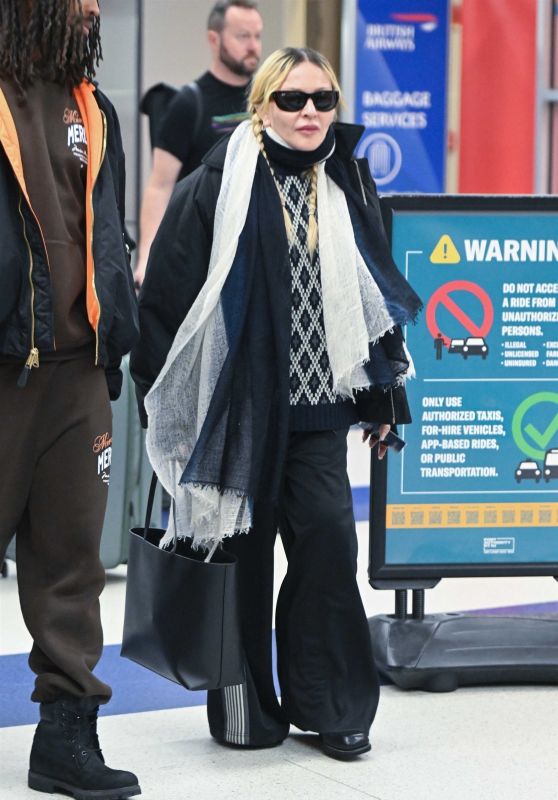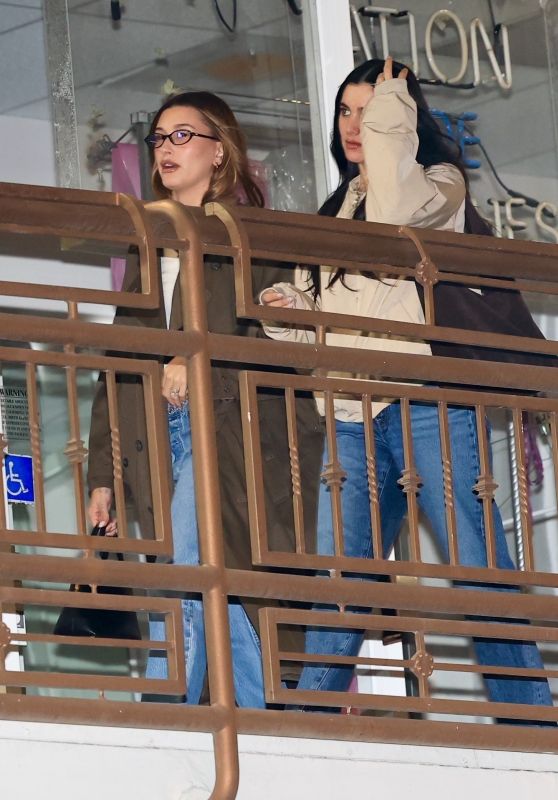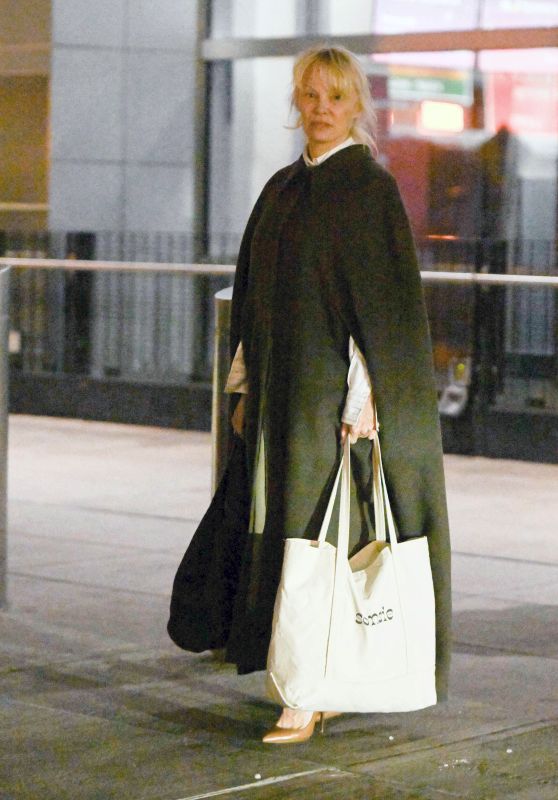
At a fundamental level, we all want to believe the work we do has value. Whether that value is obvious, like for a nurse or firefighter, or harder to distinguish, like a TV critic or tech CEO, people don’t typically want to feel like they’re wasting their time. They’re not eager to look back on a 10-hour shift, let alone a 10-year career, and determine they would’ve been better off doing something, anything else. That’s not to say all jobs need to be fulfilling. Plenty of grinders out there are only in it for the money — the necessity of your weekly paycheck or the thrill of raking in bigger and bigger bucks. But even then, the trade-off requires a certain balance. The work done has to provide a commiserate reward, even if said “reward” is just enough to cover the rent. Why? Time. It’s ours. It belongs to each of us, and at the end of the day, time is all we have.


“Severance,” the Apple TV+ series from creator Dan Erickson and director/EP Ben Stiller, understands the various values American workers place on their time. At one end, there’s Mark Scout (Adam Scott), a recent widower in the throes of loss who, when we first meet him, struggles to see value in anything. He spends so much time crying that going to an underground, windowless office where no one even knows his last name comes as a daily relief. It helps that he’s a severed employee, and once the entrance elevator reaches the right level, he can’t remember anything from his time outside Lumon Industries. But Mark’s reliance on work isn’t unique to him. Plenty of individuals need the structure and stability a daily commute and a regular wage provide. Sometimes it helps them get through a hard time in their life. Sometimes it helps them get through a hard life.
But on the other end of the spectrum is Helly R (Britt Lower). A new employee on the severed floor, Helly takes no comfort in its strict routines and mysterious rules. She sees them as odd, alien, even hostile to her own basic humanity. After a few days that feel like an endless loop of cubicle-quartered number-crunching, Helly is ready to make a run for it. She’s only got one life, and she’s not going to spend it blindly serving some creepy old man named Kier.
While Season 1 of “Severance” reveled in unveiling the strange, beguiling nature of its barely altered reality — setting up a thrilling escape as the complacent workforce slowly woke up to their living nightmare — Season 2 delves deeper into the darkness they discovered. The Innies toiling away inside Lumon want what their Outies have, but the Outies need the Innies to stay where they are; to keep working, keep searching, keep learning whatever they can to help find a feasible path forward for both parties, who are actually one and the same. This tension, driven to pressurized highs by the search for a certain someone, rests at the center of “Severance” Season 2. Time is both endless and running out. Escape is essential, but for who and to where? After all, it’s not so easy to walk away from a job in this country — even one you know is actively trying to hurt you.
And the severed workers do know. Season 2 picks up five months after Dillon (Zach Cherry) flipped two switches simultaneously, allowing Mark, Helly, and Irving (John Turturro) to see how their other halves live, while trying to expose Lumon’s inhospitable working environment to the world at large. Internally, at least, the mission appears to have worked. Not only has Dillon’s act of heroic dexterity been immortalized in an inspirational poster that reads, “Hang in There,” but the four data refiners have become the collective face of severance reform. The higher-ups want their lower-level employees to know they’ve been heard, and changes are already underway within Lumon’s many halls to boost staff morale (changes best left unspoiled, given their eccentric flourishes).
But, of course, all is not well. Ms. Casey (Dichen Lachman) — better known by another name for anyone who finished Season 1 — remains M.I.A. Burt (Christopher Walken) is still retired, and thus inaccessible to the Innie he loves. Plus, Irving is now haunted by the pitch-black paintings compulsively smeared by his Outie. Helly is stuck, Mark is caught between worlds, and the new employees who arrive to help sort all those mysterious numbers don’t exactly bring the team together.
 Patricia Arquette in ‘Severance’Courtesy of Jon Pack / Apple TV+
Patricia Arquette in ‘Severance’Courtesy of Jon Pack / Apple TV+Lumon takes some big swings to make sure MDR keeps hitting their quarterly quotas, which means “Severance” takes the same choice cuts to make sure the intriguing attributes that hooked viewers three years ago keep chugging along. There’s more lore for the Eaganites obsessed with how Lumon Corp came to be the frighteningly strange, eerily plausible business it’s become. There’s more time spent with the main characters’ Outies, including a particularly poignant arc for Dillon. There’s further exploration of the company’s perplexing departments, like the goat farm glimpsed in Season 1, and there’s more biting humor, even if it’s often so blunt the jokes barely register as something meant to coax out a chuckle.
Despite reported rewrites and reshoots causing budget overruns, Season 2 is admirably efficient. Every episode (save for an extended finale, which earns its 75-minute runtime) clocks in under an hour, with one distinguished entry barely more than half that length. Stiller, who directed six of the first nine episode and helms five of the 10 in Season 2, infuses buoyancy and fun into the most dire situations, playfully rolling the camera around Mark as he desperately sprints down identical hallways in one scene while patiently appreciating the vast scope of boundless wilderness in the next. It’s no easy feat to craft as many memorable TV moments from afar as in close-up, but “Severance” loves to toy with that contrast, emphasizing each individual’s internal drive as it butts up against a colossal adversary, often bigger than the eye can see. (Credit to Suzie Lavelle and David Lanzenberg, the respective directors of photography, for my two favorite images: a pair of tightly framed shots studying Tramell Tillman’s stoic visage, one in luminous, contemplative profile and another fierce, unflinching composition captured head-on.)
Tillman, as the devout middle manager Mr. Milchick, delivers an impeccable performance defined by nuanced moments of silent decision-making. Turturro and Walken prove equally deft, channeling great meaning through terse gestures, and Scott’s lead turn (even after nominations from the Emmys, SAG, and TCA Awards) remains an under-appreciated juggling act, probably because jugglers can rarely stabilize so many moving pieces with such consummate conviction. The charismatic charge he exudes by flicking on a light behind his eyes is comparable only to the despair he can conjure when his gaze sinks and his pupils go dark. That both can exist in the same character, at the same time, is an integral, irreplaceable asset to “Severance” — and one the show never lets go to waste.
Potency proves to be a common characteristic. Even as “Severance” adds more to its plate in Season 2, the series never feels overstuffed, bogged down, or in too deep. Instead, it’s as if Erickson, Stiller, and Co. see the opportunity in front of them — in the show’s relatable premise, its talented cast and crew, as well as its zeitgeist-clinching popularity — and stand determined to get the best out of their run with it; to put in the work; to value each step in the same way they hope audiences can. The result is time well spent — for them, and for us.
Grade: A-
“Severance” Season 2 premieres Friday, January 17 on Apple TV+. New episodes will be released weekly through the finale on March 21.




















 English (US) ·
English (US) ·